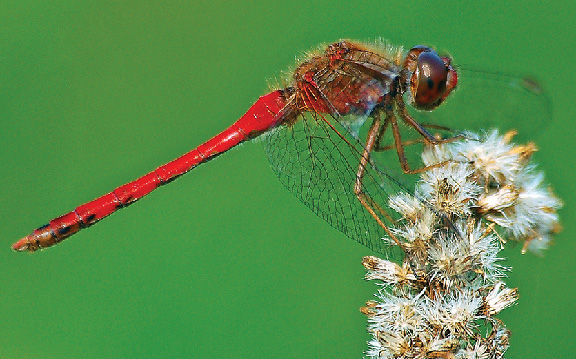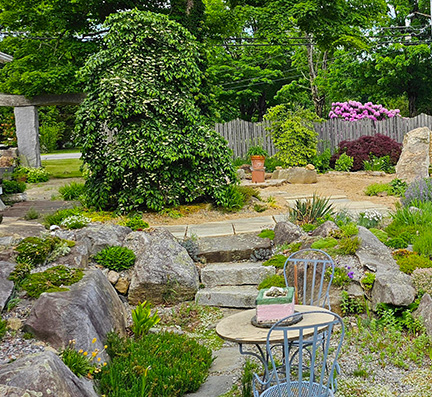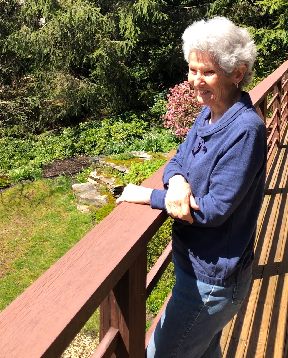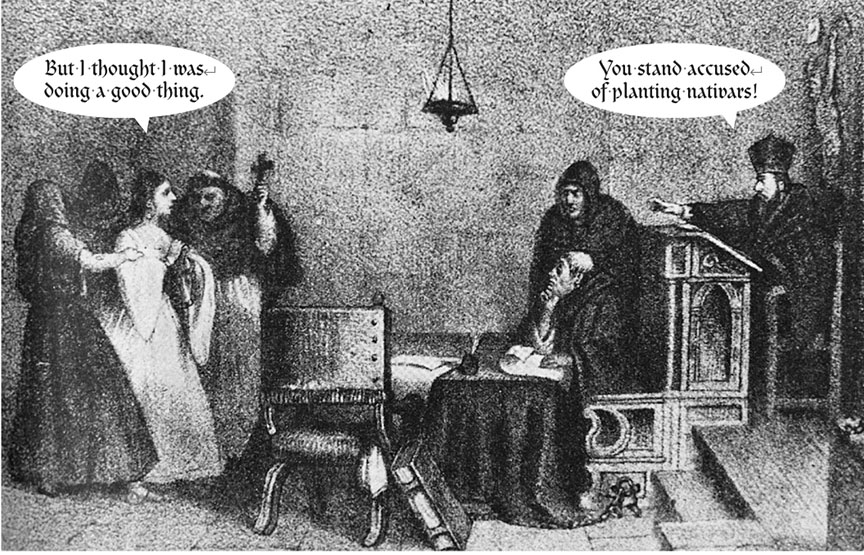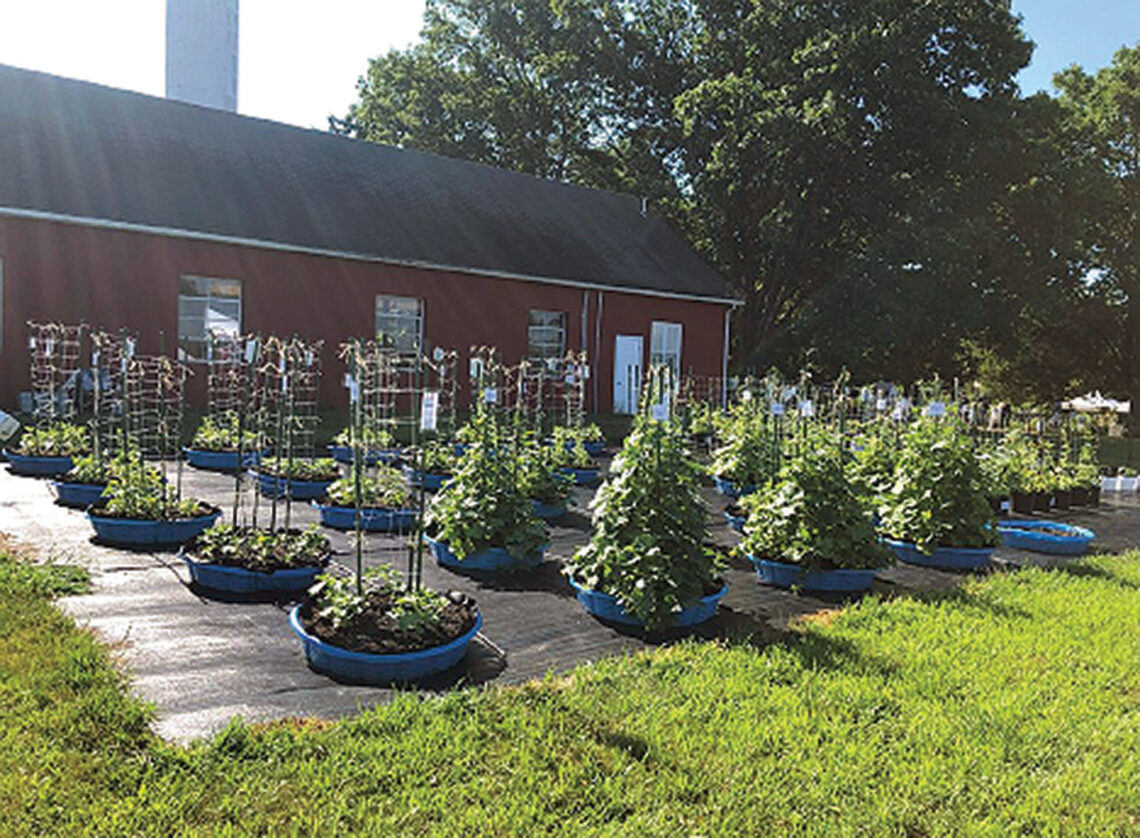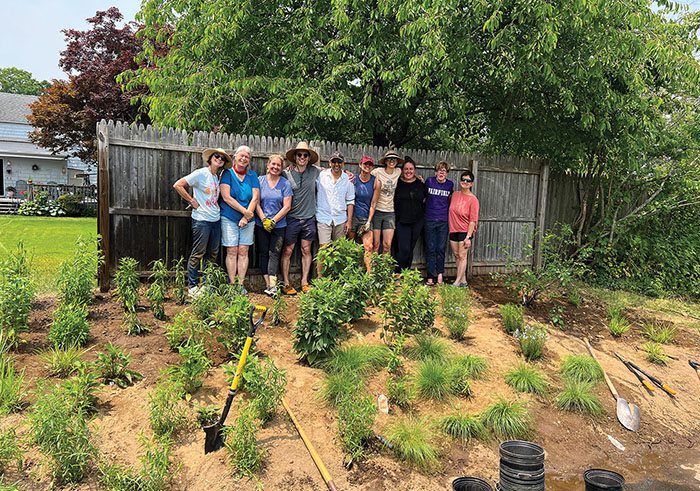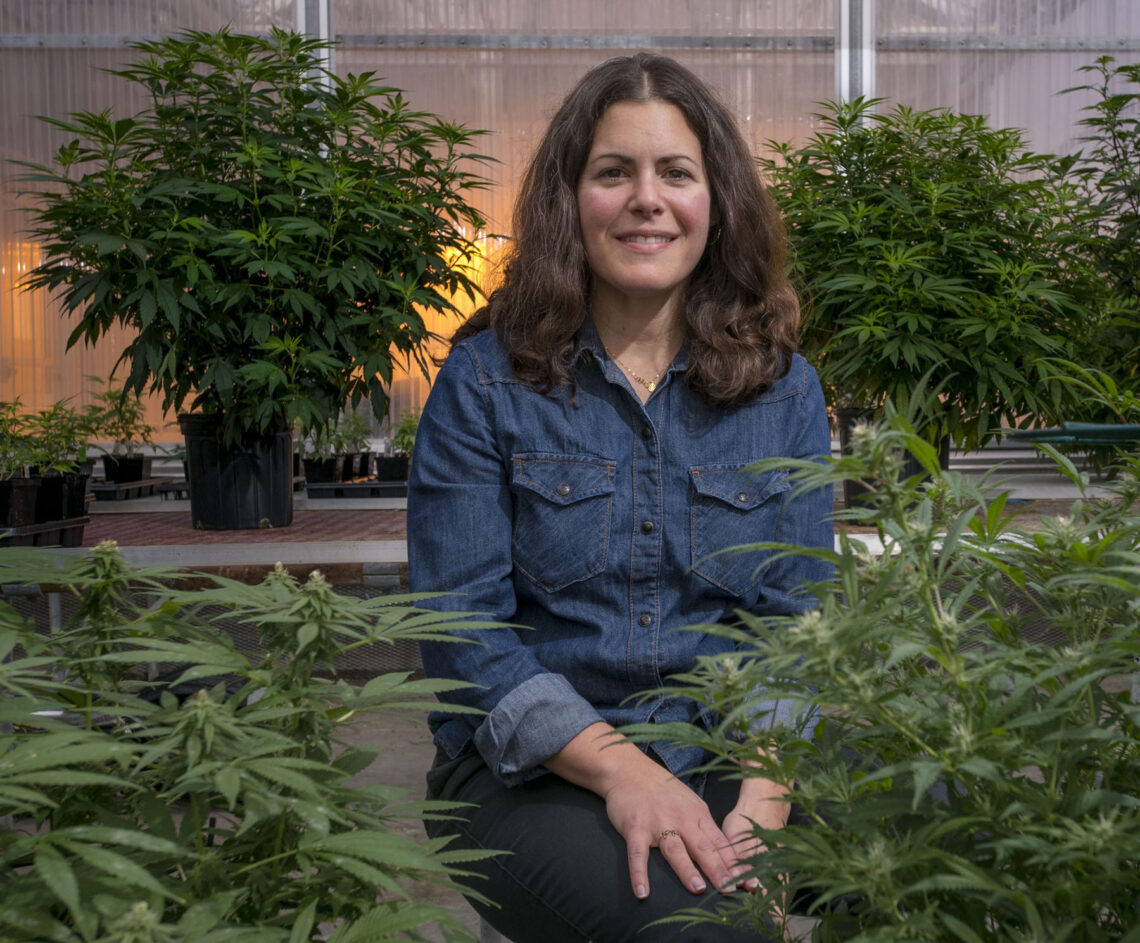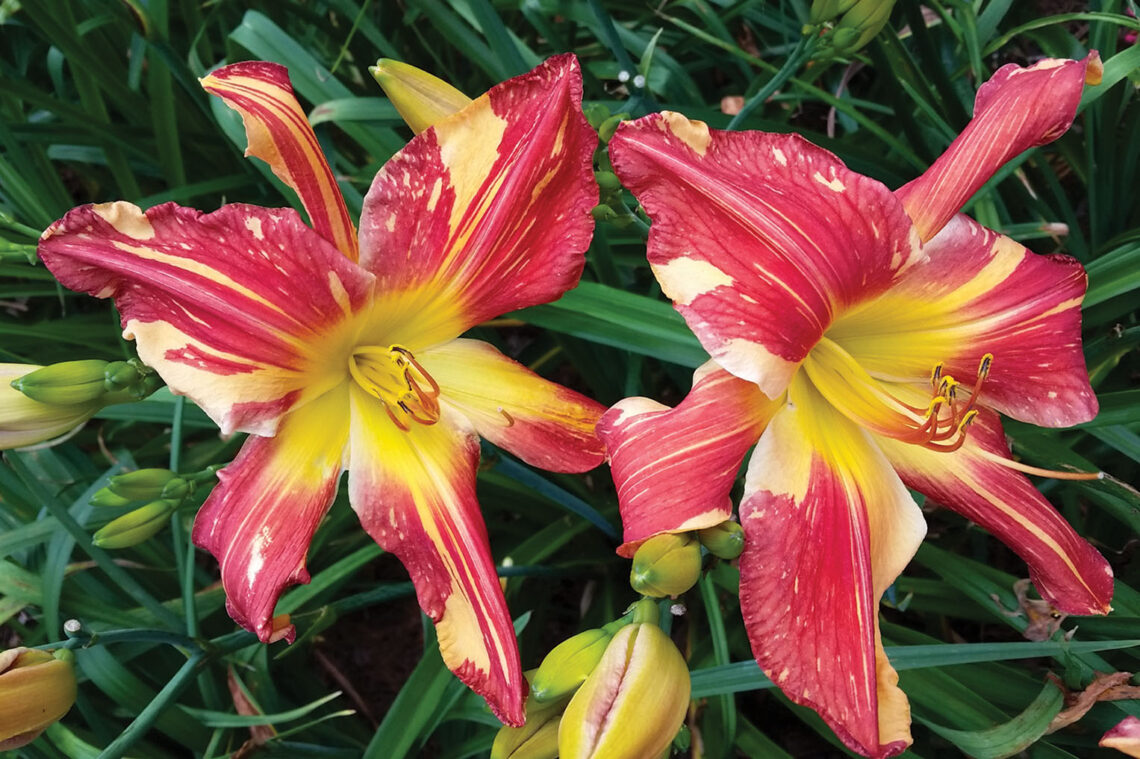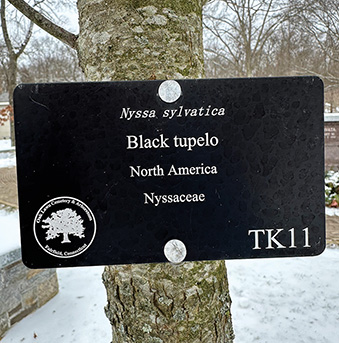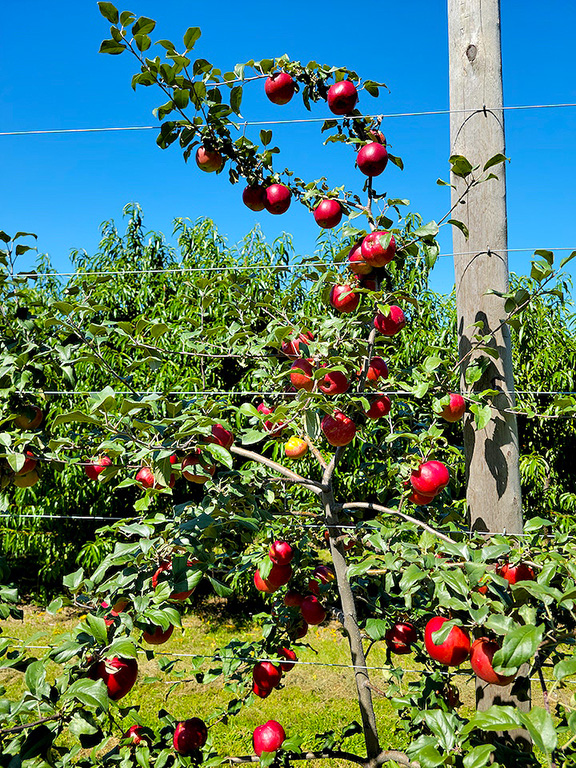European or “Praying” mantis (Mantis religiosa) has been the official state insect of Connecticut since October 1, 1977. The praying mantis is not native to Connecticut, however, as it comes from Northern Africa and Southern Europe. It was introduced in the United States in the 1890s as a way to control pests in the garden and is even kept as a pet. Unfortunately, this mantid also feeds on a large number of beneficial pollinators and other native insects, including caterpillars, moths and butterflies. It can consume prey up to twice its size. I have not been a fan of them since I was a teenager and stumbled across a description…
-
-
ROCK GARDEN STYLES
By Elisabeth Zander Rock gardening focuses on growing interesting plants from around the world in one’s garden. Yes, they are natives, from worldwide alpine peaks down to bogs, woodlands and deserts. Usually small in stature, the size of the plant depends on the scale of your garden. While it is a new art form in the long history of gardening, it gained popularity here in Connecticut during the last century in the 1940s. I became enchanted by it during the late 1980s, when I lived in Watertown. At that time my house had a north-facing grassy bank that was almost dangerous to mow. The slope was quite steep. Luckily for…
-
Geraldine’s Garden
In the woods of Fairfield, near the Merritt Parkway, Geraldine Klein Robbenhaar has been creating a garden. Geraldine called me out of the blue in May of 2020, as we were adapting to pandemic pandemonium, and her offer of a garden tour was gratefully and immediately accepted. Yes, please! Visiting her three-acre property is not a 10-minute affair, and we lingered for several hours. She was eager to share, and I think sharing my delight at each new perspective and planting was good medicine for us both during such weird times. The gently rolling, heavily wooded landscape of this Fairfield property provides Geraldine with the basic materials to pay tribute…
-
Of Cultivars, Nativars & Varieties
By Will Rowlands We’re hearing a lot these days about “native shaming” and even “cultivar shaming.” It’s even become a meme. People are getting grief if they plant anything other than natives. Some are even catching flak if they use anything besides “straight-species,” “true native” or “wild type” plants in their gardens. It’s gotten to the point where growers are wary of using the term cultivar or nativar. Just to be clear, we are proponents of native plants, organic gardening and biodiversity and have been since we took over the magazine in 2010. We are also opposed to the use of invasive or genetically engineered plants. Even so, we find…
-
CAES Research Update
Pollinator Conservation – Monarch, Butterflies & BumblebeesPollinator populations have been declining for the past several decades. One of the causes we, as Connecticut gardeners, have control over is the lack of available nesting, foraging, and overwintering habitat. To support pollinator populations, we need to provide, maintain, and protect habitats to support all the life stages of pollinating insects. For example, monarch butterflies lay eggs on and caterpillars feed exclusively on milkweed, but the butterflies forage on nectar from various flowers that bloom from May to October. Similarly, in the summer bumblebees feed from blooming flowers, but bumblebee queens need to find a safe place to overwinter in the fall and…
-
Lindbergh Community Garden
By Erica Donigan It was early spring of 2023, and neighbors on unassuming Lindbergh Court in Fairfield, CT, were gathered outside on a brisk weekend morning. They chatted and caught up, and noticed the slightly overgrown grassy slope, that had become more and more difficult for its owners on Fairfield Place to maintain. A stretch of three Fairfield Place properties back all the way up to Lindbergh Street with a challenging-to-care-for and inaccessible 12-foot-deep grassy slope behind their backyard fences. That grassy slope side behind their fences is the center of the neighborhood where Lindbergh Court meets Lindbergh Street, where block parties ensue and where neighbors gather as kids bike…
-
How Hemp Could Save Horticulture
By Mac Murray This story previously appeared in UConn Today Hemp is emerging as an unexpected remedy for one of the horticulture industry’s hidden environmental harms, thanks to research from horticulture professor Jessica Lubell-Brand. For years, gardeners have relied on a particular soil additive to facilitate the growth of a wide variety of plants, from azaleas to blueberries: peat moss. It’s a common ingredient in bagged potting soil mixes, and easy to find at most garden and home supply stores. “It’s really hard to beat all the good qualities of peat moss for growing plants,” Lubell-Brand says. “It holds water well, and it doesn’t decompose too quickly.” But the environmental…
-
New Daylilies from Local Hybridizers
By Russ Allen You would probably never have guessed that some of the most beautiful new daylilies were created by gardeners located in our very own Southern New England area! To illustrate this, the author went on the following quest to highlight some of them for you. BackgroundDaylilies (also referred to as the “perfect perennial”) are quite amenable to hybridizing by local gardeners to create gorgeous new varieties. The performance of daylilies (such as bloom quantity and quality, multiplication rate, weather tolerance, etc.) can vary widely depending on the climate zone, so selecting daylilies that are outstanding performers in one’s geographic area is important. The QuestSince the author lives in…
-
Creating an Outdoor Tree Museum
By Charlie Stebbins An “Arboretum” is an outdoor “tree museum,” open to the public and offering a verdant sanctuary of quiet and beauty. With forests worldwide threatened by development, invasive pests, diseases, and plants, plus poor management practices, the need for quality “arboreta” was never so pressing. Fortunately, the expanding community of tree-loving enthusiasts grows increasingly strong! Arboreta have been around since Roman times and today they total about 4,000 globally. Botanical gardens feature herbaceous flowers and grasses, while trees and woody shrubs are the stars in an arboretum. Long ago, arboreta were simply “places of trees,” randomly arrayed in old cemeteries, universities or municipal parks. Documentation, landscape legacy, and…
-
Support Your Local Orchard
By Russell Steven Powell This story first appeared in the Orchard Blog at newenglandapples.org Highly variable is about the best way to describe the 2023 New England apple crop.Most people by know now that the fresh apple crop will be significantly smaller due to a region-wide freeze the night of May 18. Yet many orchards have full crops, and most have some apples. When all the apples are picked, though, losses could amount to as much as half of a normal crop of between 3.5 million and 4 million 42-pound boxes. It means there will be plenty of fresh apples this fall, but the season may not last as long,…
